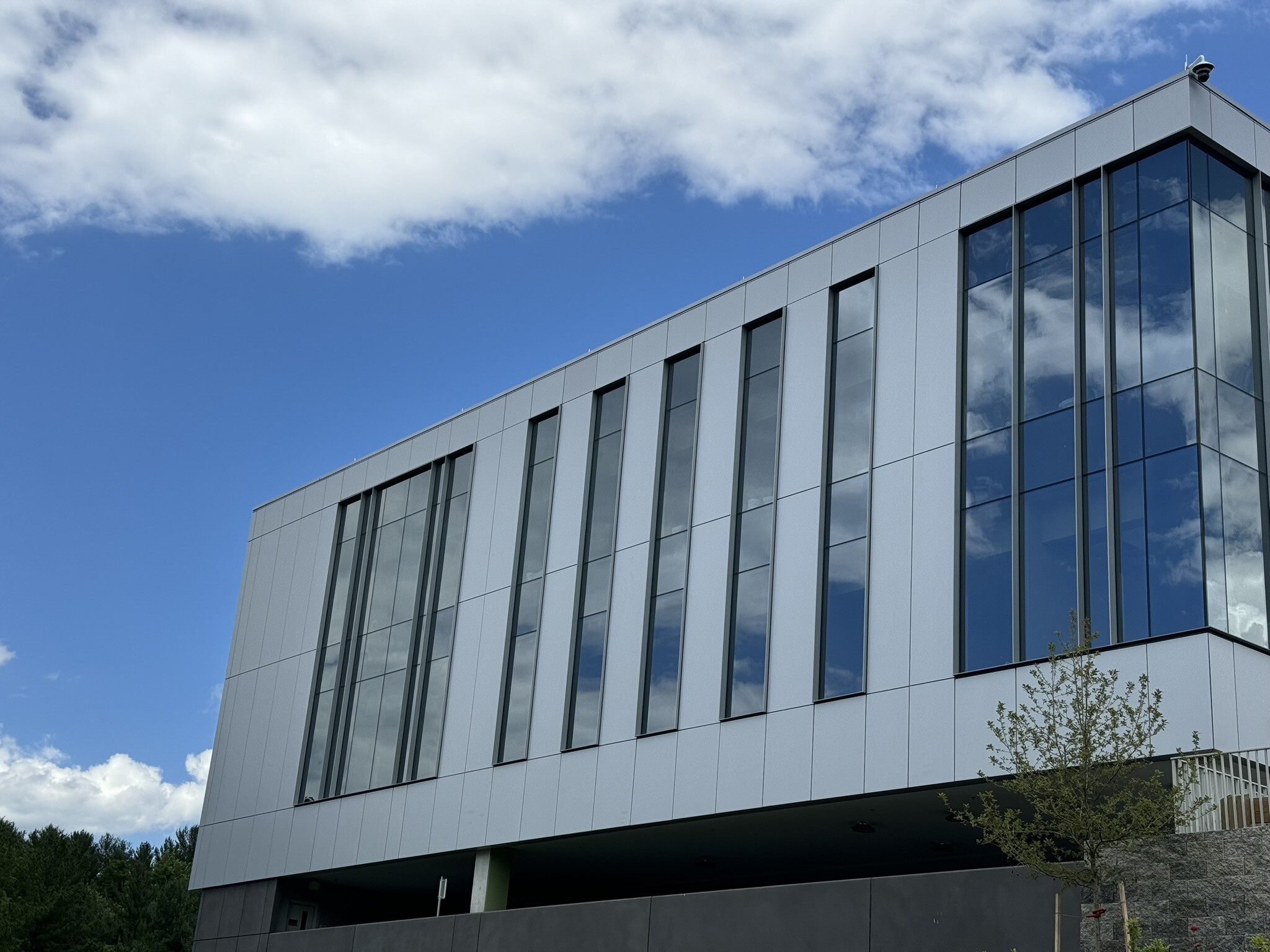3 min read
Enhancing Hospital Security with Advanced Camera Systems: Insights for Administrators, Security Managers, and Construction Contractors
![]() Theseus Team
:
Jul 10, 2024 2:54:55 PM
Theseus Team
:
Jul 10, 2024 2:54:55 PM

Ensuring the safety and security of patients, staff, and visitors at healthcare facilities is paramount, particular at a time when assaults on staff are rising. Hospital administrators and security managers must prioritize robust security measures, especially when building new facilities or renovating existing facilities. This is optimally done in collaboration with construction companies specializing in healthcare. Consulting with experts like Theseus Professional Services before construction begins can lead to a more secure and well-designed facility.
Designating Occupancy and Restricted Areas
Hospitals are complex environments with areas designated for different levels of access. While some areas are open to patients and visitors, others are restricted to authorized personnel only. Installing security cameras with analytics capabilities in these zones is vital. When an analytics line is crossed or a person is deemed to be loitering for an extended period in or near restricted areas, security guards are immediately notified. This real-time alert system enables quick assessment and response to potential safety and security breaches, particularly during after-hours when staffing levels may be lower. Proactive monitoring ensures that unauthorized access is detected and managed promptly, mitigating risks before they escalate.
Proactive Security Monitoring
Effective camera viewing zones are essential for proactive security monitoring. Instead of reacting to incidents after they occur, strategically placed cameras allow security teams to intervene and prevent potential threats. This proactive approach not only enhances the safety of the facility but also serves as a deterrent to would-be intruders. Continuous monitoring of high-risk areas can delay or prevent incidents, providing a safer environment for all occupants.
Simultaneous Evidence Capture
One of the challenges in hospital security is the impossibility of watching all camera feeds simultaneously. However, advanced camera systems allow for proactive measures while simultaneously capturing crucial evidence for post-incident investigations. This dual functionality ensures that even if an incident goes unnoticed in real-time, there is recorded evidence that can be reviewed and analyzed later, often times using advanced AI search criteria to reduce investigation time. This capability is invaluable for understanding the sequence of events, identifying culprits, and implementing corrective measures.
AI-Enabled Camera Monitoring
Artificial Intelligence (AI) is revolutionizing camera monitoring. Cameras equipped with AI capabilities can process data at the edge, meaning within the cameras themselves, without needing to transmit data across the network or to a central server. This on-the-spot processing enhances the intelligence of the cameras, enabling them to detect and send alerts about threats proactively. AI-powered cameras can identify unusual behavior, recognize patterns, and alert security personnel to potential risks before they develop into actual incidents. This technology transforms cameras from passive recording devices into active security agents.
Strategic Camera Placement
Strategic placement of cameras is critical to comprehensive security coverage in healthcare facilities. Key areas to focus on include:
- Entrances, Exits, and Stairwells: Monitoring these points controls access and deters unauthorized entry and ambush.
- Pharmacies: Given the high value and risk associated with pharmaceuticals, closely monitoring these areas is essential.
- Emergency Departments: High traffic and potentially volatile situations make these areas a priority for surveillance.
- Waiting Rooms: Ensuring the safety of patients and visitors in these communal spaces is crucial.
- Pediatric Units and Behavioral Health Zones: Vulnerable populations and staff in these areas necessitate heightened security measures.
- Loading Docks: Critical for preventing unauthorized access and safeguarding deliveries.
By emphasizing these zones, hospital administrators and security managers can ensure that all high-risk areas are under constant surveillance, significantly enhancing the overall security of the facility.
Integrating advanced camera systems into hospital security protocols is essential for protecting patients, staff, and assets. By consulting with professionals like Theseus Professional Services during the construction phase, healthcare facilities can be designed with security in mind from the ground up. Proactive monitoring, AI capabilities, and strategic camera placement collectively contribute to a safer, more secure healthcare environment. For hospital administrators, security managers, and construction companies, investing in these advanced security measures is a critical step toward safeguarding the future of healthcare facilities.
Contact us to get started with improving safety and security at your facility.
CASE STUDIES ABOUT OUR CONSULTING SERVICES FOR HEALTHCARE
 DOWNLOAD OUR HEALTHCARE FACILITY AND HOSPITAL CAMPUS SECURITY AND SAFETY GUIDE
DOWNLOAD OUR HEALTHCARE FACILITY AND HOSPITAL CAMPUS SECURITY AND SAFETY GUIDE
As a security manager or administrator in a healthcare facility, understanding and addressing your distinct security needs is paramount. This guide focuses on the critical aspects you must consider to protect your patients, staff, and visitors. By examining the unique challenges faced by healthcare operators, we provide a comprehensive overview of the strategies and technologies essential for a robust physical security program. It is crucial to ensure compliance with HIPAA, Joint Commission, and IAHSS guidelines and regulations to maintain a secure and accessible environment.
Recent trends highlight a significant increase in violence within healthcare settings. According to the IAHSS Healthcare Crime Survey, simple assault rates have been rising alarmingly. The data indicates that from 2012 to 2019, assault rates were approximately 10 incidents per 100 beds. However, in the past three years, this rate has more than doubled. This statistic underscores the urgent need for enhanced security measures in healthcare facilities.




